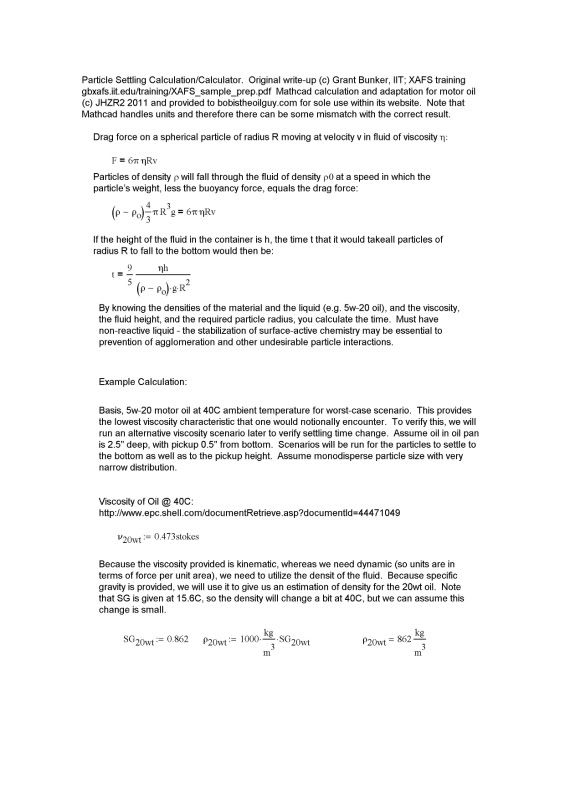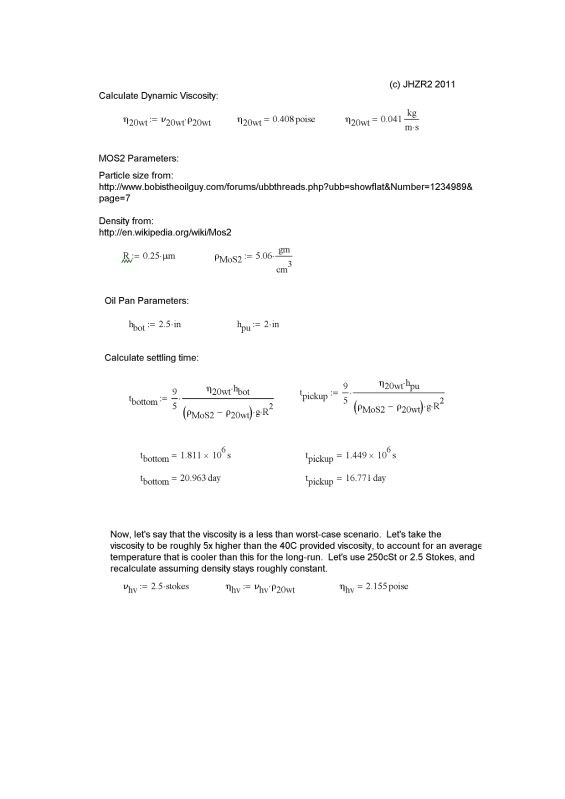Originally Posted By: Nebroch
I think it's more about your engine than used oil if MoS² gives benefits or not. LM tells on it's moly oil flyer that MoS² generally works better in old and worn engines, as MoS² coating on their maybe out of spec friction surfaces makes oil perform better on them.
I am not surprised that LM makes the statement that MoS2 performs better in a worn engine because a new MoS2 user will actually experience a MUCH MORE NOTICEABLE IMPROVEMENT in a worn engine. It has been reported by new MoS2 users here in BITOG that, when used in a worn engine, there are quantifiable improvements in compression, lower oil consumption, lower levels of blow-by, improved fuel mileage, and a smoother/quieter running engine.
The whole point in using it in a newer lower mile engine is to help PREVENT an engine from becoming worn in the first place. I am convinced that it does this, which is why I use it. New users should not expect that MoS2 will make a dramatic difference in the way a newer engine runs. It won't. But, most newer engine users DO report a slightly quieter running engine and get enough of a fuel mileage improvement that the product generally pays for itself in a longer OCI.
I think it's more about your engine than used oil if MoS² gives benefits or not. LM tells on it's moly oil flyer that MoS² generally works better in old and worn engines, as MoS² coating on their maybe out of spec friction surfaces makes oil perform better on them.
I am not surprised that LM makes the statement that MoS2 performs better in a worn engine because a new MoS2 user will actually experience a MUCH MORE NOTICEABLE IMPROVEMENT in a worn engine. It has been reported by new MoS2 users here in BITOG that, when used in a worn engine, there are quantifiable improvements in compression, lower oil consumption, lower levels of blow-by, improved fuel mileage, and a smoother/quieter running engine.
The whole point in using it in a newer lower mile engine is to help PREVENT an engine from becoming worn in the first place. I am convinced that it does this, which is why I use it. New users should not expect that MoS2 will make a dramatic difference in the way a newer engine runs. It won't. But, most newer engine users DO report a slightly quieter running engine and get enough of a fuel mileage improvement that the product generally pays for itself in a longer OCI.
Last edited:




